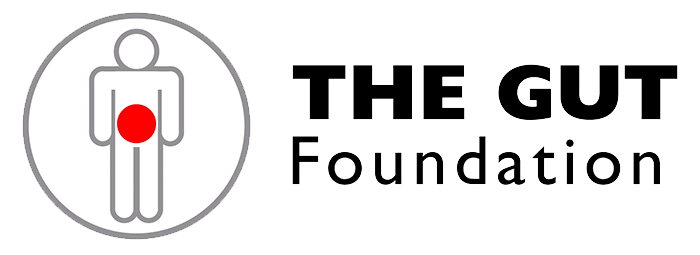Haemorrhoids
Haemorrhoids are pads of spongy vascular nerve tissue in the upper anal canal and rectum. Haemorrhoids are often described as varicose veins but a more accurate description would liken them to a blood filled sponge. Normal haemorrhoidal tissue assists in maintaining continence and allows us to sense whether the rectal contents are solid, liquid or gaseous.
Haemorrhoids cause problems when they:
- Bleed: There is little correlation between size and bleeding. The problem is that bleeding cannot be attributed to haemorrhoids without excluding other causes of bleeding including anal fissure, anal fissulae, rectal polyp, rectal cancer, ulcerate proctitis and Crohn’s disease.
- Thrombosis: Thrombosis of low haemorrhoidal tissue presents as a tender painful purple lump on the edge of the anus. Internal haemorrhoids that are thrombosed often prolapse and cannot be pushed back causing severe pain and discomfort.
- Mucus leakage: Haemorrhoids may become inflamed and secrete excess mucus.
- Pain: Pain is not usual in uncomplicated haemorrhoids.
- Prolapse: Haemorrhoids that prolapse following defecation and have to be manually pushed back require treatment.

